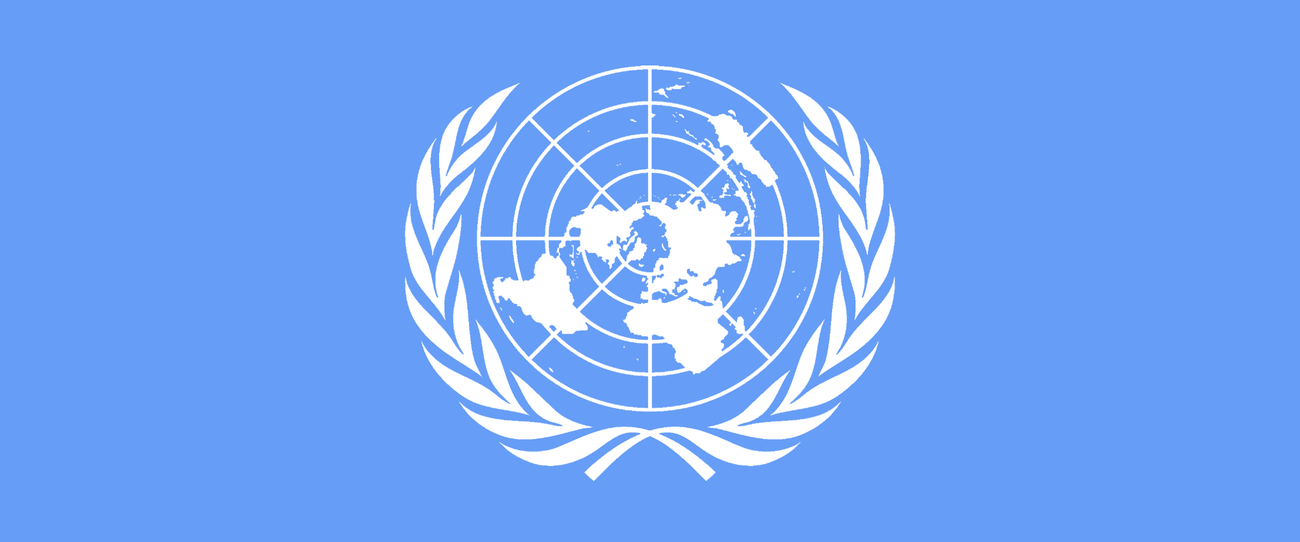Editor’s Note: This week in New York City, leaders from around the world are gathering for the 79th United Nations General Assembly (UNGA). This includes the first-ever “Summit of the Future,” where Google CEO Sundar Pichai delivered a keynote address today.
What follows is a transcript of his remarks, as prepared for delivery.
Introduction
Mr. Secretary-General, President of the General Assembly, excellencies, ladies, and gentlemen — it’s a privilege to join you today.
I’m energized by the summit’s focus on the future. We have a once-in-a-generation opportunity to unlock human potential, for everyone, everywhere.
I believe that technology is a foundational enabler of progress. Just as the internet and mobile devices expanded opportunities for people around the world, AI is now poised to accelerate progress on an unprecedented scale.
I’m here today to make the case for three things:
- Why I believe AI is so transformative
- How it can be applied to benefit humanity and make progress on the UN’s Sustainable Development Goals (SDGs)
- Where we can drive deeper partnerships to ensure that the technology benefits everyone
Expanding Opportunity Through Technology
But first, let me share why this is so important — to me personally, and to Google as a company.
Growing up in Chennai, India, with my family, the arrival of each new technology improved our lives in meaningful ways. Our first rotary phone saved us hours of travel to the hospital to get test results. Our first refrigerator gave us more time to spend as a family, rather than rushing to cook ingredients before they spoiled.
The technology that changed my life the most was the computer. I didn’t have much access to one growing up. When I came to graduate school in the US, there were labs full of machines I could use anytime I wanted — it was mind-blowing. Access to computing inspired me to pursue a career where I could bring technology to more people.
And that path led me to Google 20 years ago. I was excited by its mission: to organize the world’s information and make it universally accessible and useful.
That mission has had an incredible impact:
- Google Search democratized information access, opening up opportunities in education and entrepreneurship.
- Platforms like Chrome and Android helped bring one billion people online.
Today, 15 of our products serve more than half a billion people and businesses each. And six of them – such as Search, Maps, and Drive – each serve more than 2 billion users. There’s no cost to use them, and most of our users are in the developing world.
The AI Opportunity
Today we’re working on the most transformative technology yet: AI.
We’ve been investing in AI research, tools, and infrastructure for two decades because it’s the most profound way we can deliver on our mission — and improve people’s lives.
I want to talk today about four of the biggest opportunities we see, many of which align with the SDGs.
Access to Information and Knowledge
One opportunity is helping people access the world’s information and knowledge in their own language.
Using AI, in just the last year, we have added 110 new languages to Google Translate, spoken by half a billion people around the world. That brings our total to 246 languages, and we’re working toward 1,000 of the world’s most spoken languages.
Scientific Discovery
A second area is accelerating scientific discovery to benefit humanity.
Our AlphaFold breakthrough is solving big challenges in predicting some of the building blocks of life, including proteins and DNA. We opened up AlphaFold to the scientific community free of charge, and it’s been accessed by more than two million researchers from over 190 countries. Thirty percent are in the developing world — for example, over 25,000 researchers just in Brazil. Globally, AlphaFold is being used in research that could help make crops more resistant to disease, discover new drugs in areas like malaria vaccines and cancer treatments, and much more.
Climate-Related Disaster Prevention
A third opportunity is helping people in the path of climate-related disasters, building on the UN’s initiative for “Early Warnings for All.” Our Flood Hub system provides early warnings up to seven days in advance, helping protect over 460 million people in over 80 countries.
For millions in the paths of wildfires, our boundary tracking systems are already in 22 countries on Google Maps. We also just announced FireSat technology, which will use satellites to detect and track early-stage wildfires, with imagery updated every 20 minutes globally, so firefighters can respond. AI gives a boost in accuracy, speed, and scale.
Economic Progress
Fourth, we see the opportunity for AI to meaningfully contribute to economic progress. It’s already enabling entrepreneurs and small businesses, empowering governments to provide public services, and boosting productivity across sectors. Some studies show that AI could boost global labor productivity by 1.4 percentage points and increase global GDP by 7%, within the next decade.
For example, AI is helping improve operations and logistics in emerging markets, where connectivity, infrastructure, and traffic congestion are big challenges. Freight startup Gary Logistics in Ethiopia is using AI to help move goods to market faster and bring more work opportunities to freelance drivers.
These are just early examples. And there are so many others across education, health, and sustainability. As technology improves, so will the benefits.
The Risks of AI
As with any emerging technology, AI will have limitations, such as issues with accuracy, factuality, and bias, as well as the risks of misapplication and misuse, like the creation of deep fakes.
It also presents new complexities, for example, the impact on the future of work.
For all these reasons, we believe that AI must be developed, deployed, and used responsibly, from the start.
We’re guided by our AI Principles, which we published back in 2018. And we work with others across the industry, academia, the UN, and governments in efforts like the Frontier Model Forum, the OECD, and the G7 Hiroshima Process.
Preventing an AI Divide
But I want to talk about another risk that I worry about.
I think about where I grew up, and how fortunate I was to have access to technology, even if it came slowly.
Not everyone had that experience. And while good progress has been made by UN institutions like the ITU, gaps persist today in the form of a well-known digital divide.
With AI, we have the chance to be inclusive from the start, and to ensure that the digital divide doesn’t become an AI divide. This is a challenge that needs to be met by the private sector and public sector working together. We can focus on three key areas:
Digital Infrastructure
Google has made big investments globally in subsea and terrestrial fiber optic cables.
One connects Africa with Europe, and two others will be the first intercontinental fiber optic routes that connect Asia Pacific and South America, and Australia and Africa.
These fiber optic routes stitch together our network of 40 cloud regions around the world that provide digital services to governments, entrepreneurs, SMBs, and companies across all sectors.
In addition to compute access, we also open up our technology to others. We did this with Android; and now our Gemma AI models are open to developers and researchers, and we will continue to invest here.
Investing in People
A second area is about investing in people.
That starts with making sure people have the skills they need to seize new opportunities.
Our Grow with Google program has already trained 100 million people around the world in digital skills.
And today I’m proud to announce our Global AI Opportunity Fund. This will invest $120 million to make AI education and training available in communities around the world. We’re providing this in local languages, in partnership with nonprofits and NGOs.
We’re also helping to support entrepreneurs for the AI revolution. In Brazil, we worked with thousands of women entrepreneurs to use Google AI to grow their businesses. In Asia, where fewer than 6% of start-ups are founded by women, we’re providing many with mentorship, capital, and training.
An Enabling Policy Environment
The third area is one where we especially need the help of the member countries and leaders in this room: creating an enabling policy environment. One that addresses both the risks and worries around new technologies, and also encourages the kinds of applications that improve lives at scale.
This requires a few things:
- Government policymaking that supports investments in infrastructure, people, and innovation that benefits humanity
- Country development strategies and frameworks like the Global Digital Compact that prioritize the adoption of AI solutions
- Smart product regulation that mitigates harms and resists national protectionist impulses — that could widen an AI divide and limit AI’s benefits
We are excited to be your partner, and to work with you to make sure bold innovations are deployed responsibly so that AI is truly helpful for everyone.
The opportunities are too great, the challenges too urgent, and this technology too transformational, to do anything less.
Thank you.
For more information, please refer to the original website here.
For more Information, Refer to this article.


































